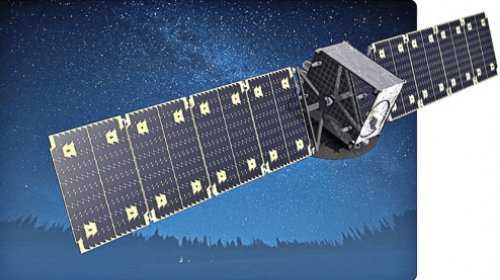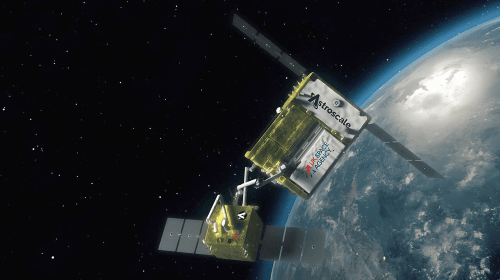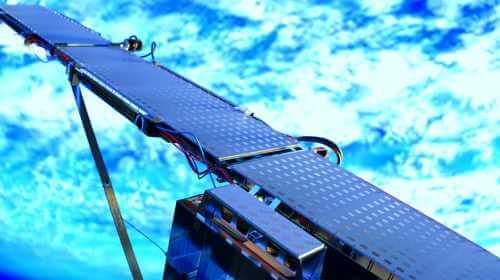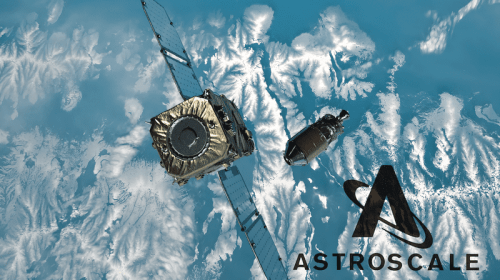Simulation Adds to Ancient Climate Change Hypothesis
Sep 29, 2020
About 12,800 years ago conditions on Earth underwent many abrupt changes that led to glacial conditions known as the “Younger Dryas Boundary” (YDB), a period of cooling in the northern hemisphere lasting about 1200 years. Why did this happen? BusinessCom’s CTO, Maxim Usatov is bucking the established wisdom with his own idea.
Following a period of gradual warming beginning with the Last Glacial Maximum (LGM) some 20,000 years ago, slow changes in the Earth’s orbit led to increased solar radiation which in turn resulted in deglaciation or the melting of glacier ice. As temperatures rose, glacier ice melted and was dumped into the oceans. The freshwater acts like a cap for the thermohaline circulation (THC) in the ocean. These are the currents that bring warm water from the tropics, up to northern regions. About 18,000 years ago the THC apparently shut off softly, which resulted in the Earth cooling down again, although temperature levels remained above normal ice age levels. As the fresh water “dried out” or dissipated, the warming continued, again resulting in ice melts, and another partial shutdown of the THC, although the planet remained “warm” as compared with the LGM.

Then, about 12,800 years ago, temperatures dropped very rapidly, falling to about 8 degrees Celsius. The cause for this dramatic event is still debated. The YDB era is marked by a dark sedimentary layer that is the apparent result of widescale burning, that may have destroyed about 10% of Earth’s biomass. At this layer, Clovis-era stone age tools and mammoth skeletons disappear, with samples being found below the dark mat, and not above it, as the people moved out or died out. This may have been a time of legendary floods, and it coincides with our ancestor’s transition from hunter-gatherers to permanent settlements, and the rise of agriculture. It is a time of human migration and the emergence of human civilization.

A proposed extraterrestrial event coinciding with the YDB cooling left supporting evidence in its wake, including deposits of minerals formed at high temperatures that are based on extraterrestrial materials. The original hypothesis suggested an impact by a comet, which could have caused large icebergs to calve off glaciers, producing meltwater flooding into the north Atlantic, disrupting the normal thermohaline circulation that transports warm water from the tropics to the northern latitudes. Disrupting this flow likely had a catastrophic effect on the climate. Comets the size of 4 kilometers, or several kilometer-sized comets, were proposed to have struck the Laurentide Ice Sheet, a few kilometer-thick glacial sheet covering N. America. However, if a comet or cometary fragments hit the ice shield, they left no evidence.

Some scientists say that a massive comet may have caused the flooding but feel that a recent event of this magnitude is not likely and propose that the Earth encountered one or more swarms of cometary debris. They suggest that swarms could originate from huge comets which became swarms of debris that cross Earth’s orbit every 50,000 years or so. The leading theory put forth by Scottish astronomer William Napier is that the Comet Encke sublimated; that is, it turned from a solid to a gas like an ice cube that disappears over an extended period of time in your freezer. This could have led to a fracturing of the comet that produced thousands of icy fragments which bombarded Earth at that time. The remainder of this comet is the Taurid meteor shower that continues to visit Earth.
BusinessCom’s CTO, Maxim Usatov, a fellow of the Royal Astronomical Society, has submitted a paper to “Astronomical Notes,” proposing a different idea. Leveraging a FreeBSD-powered Xeon computer cluster provided by BusinessCom to run simulations testing this hypothesis, he found that fragments from Encke were unlikely to hit Earth as estimated. It is important to remember that comets are mostly ice, and they sublimate or evaporate when their path takes them near the sun. The computer equipment provided enough processing power to generate 50,000 individual fragments large enough to be considered significant. They were simulated in Encke’s orbit until evaporating in sunlight. The simulation provided no impacts on Earth of meaningful magnitude. It must be noted that this is a preliminary simulation and more computing power is required to simulate possible scenarios. The simulation does not rule out Encke by any means but does demonstrate that it is not something that was guaranteed to happen.
So, if not a comet, what other candidates are there? The simulations show that a loose pile or rubble in the MAB (main asteroid belt) can be “pumped” or moved out of orbit by large planets like Jupiter or Saturn which exert a gravitational effect on them, into an Earth crossing orbit. Unlike icy comets, asteroids are made of hard rock and metal. The gravitational effects on the MAB are weak but over hundreds of thousands of years, a rubble pile may be disrupted by rapid rotation into multiple fragments which may impact Earth.
The simulations demonstrate that a 200 m diameter asteroid is compatible with the “black mat” or layer of burnt biomass that is seen at the start of the Younger Dryas period. A single asteroid, or several smaller fragments broken from it could have produced this event. Based on existing observations and known statistics of how many asteroids of that size are in the MAB, estimates of a visit very 32,000 years becomes feasible. Asteroids half that size may impact every 4,000 years. This timeline is broadly compatible with our observations.

The new hypothesis, Usatov claims, is much simpler. It does not require a visiting comet. The pumping mechanism, and its effect on asteroids is very well known and is responsible for the delivery of many if not most meteorites to Earth. The rotational fragmentation mechanisms are well known, given that we have observed this visually using the Hubble telescope. Rather than requiring a special circumstance in which a comet, or large fragments of one, strike Earth, it is statistically guaranteed that more asteroids rather than comets are going to impact Earth from time to time.
The net is that Usatov’s hypothesis may have a good chance of replacing the decades old Encke explanation that is traditionally used to explain the Younger Dryas Boundary cosmic impact hypothesis. The more we understand about likely threats to Earth from above, the better we will be able to address them, and to assess how much time we will have to deal with them. Giant comets have typically been considered the greater threat to Earth, but if “large enough” asteroids hit us with greater frequency, perhaps that is where we should focus our attention. Statistically, we are due for a visit from either. It’s not a question of “if.” It’s a question of “when.”
To learn more, please visit: https://onlinelibrary.wiley.com/doi/10.1002/asna.202013817





